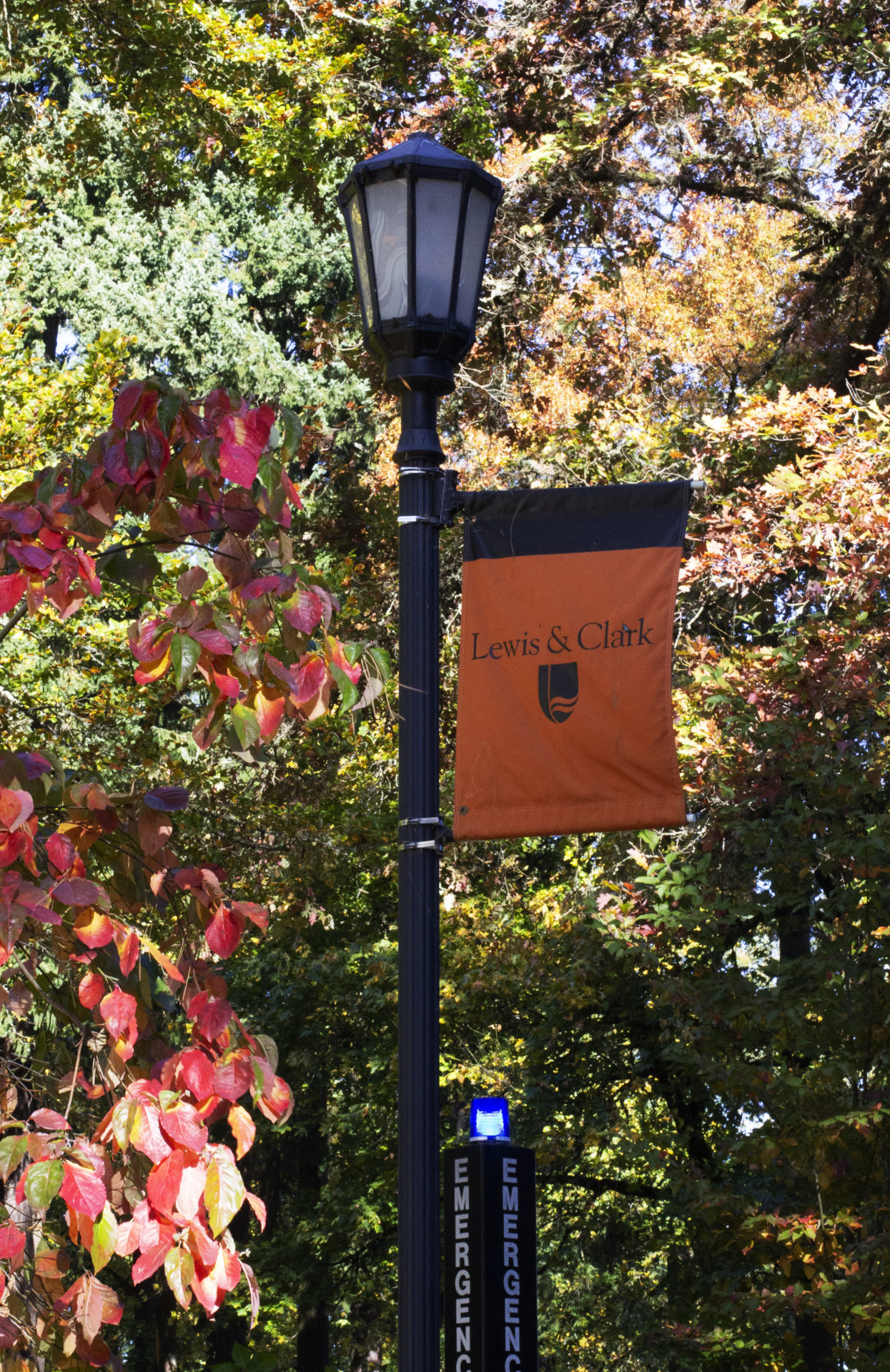
On Oct. 25, the Lewis & Clark Board of Trustees approved a 4.75% increase in tuition for the upcoming 2020-21 academic year, along with a 2% increase in room and 3% increase in board. This totals to an approximate 4% increase in total cost of attendance. This will be the first time in history that LC’s cost of attendance will exceed $70,000.
Chair of the Board of Trustees and LC alumna Stephanie Fowler ’97 spoke on the reasoning for these increases.
“The goal is to minimize the increase and keep the school functioning,” Fowler said.
Comparatively, for the 2019-20 academic year, tuition increased by 3.5%, room by 5% and board by 3%, totaling to around 4%.
According to Interim Vice President for Business & Finance/Treasurer Andrea Dooley, the annual percent increase for comparable institutions, such as University of Puget Sound, Willamette University or Reed College, sits around this 4% line. With these tuition increases, LC aims to maintain its competitive position in relation to similar institutions.
The sticker price will increase from $68,890 for the 2019-20 academic year to $71,692 for the 2020-21 academic year, although the financial impact varies by student depending on their demonstrated need. LC’s discount rate, the price students pay after receiving financial aid, is about 50%.
“Students who have no demonstrated financial need will probably end up paying, sort of, this incremental amount,” Dooley said. “Students that have a high level of demonstrated need, their financial aid would likely increase to cover the full amount. And then there’s, you know, a large group in the middle where they have some financial need, and their aid would be expected to kind of move proportionally.”
Along with considering the rates of other colleges, the Strategic Enrollment Management (SEM) Steering Committee, the body tasked with making these recommendations, welcomed feedback from students and families.
“The feedback was that, although our pricing is in line (with comparable colleges), that maybe our facilities aren’t quite comparable,” Dooley said. “And so, kind of what we took away from that piece of feedback was that we wanted to try and keep the room and board increases as low as we could.”
In her tenure as Board chair, Fowler hopes to increase the communication between the Board and students and faculty. This was the first year that the Associated Students of Lewis & Clark (ASLC) were informed about the then proposed tuition increases prior to the Board meetings.
Two ASLC members, President Helen Hitz ’21 and Community Service & Relations Coordinator Mikah Bertelmann ’21, were the student representatives at the Board meetings. According to Hitz, members of ASLC were able to understand why these increases are necessary.
“We want to pay faculty and we want to put money to places that are going to support student life,” Hitz said. “And so I think the general consensus was that we understand and we see where it’s coming from and are supportive of the recommendation as well.”
While tuition may be rising by 4.75%, with financial aid, inflation and rising costs of operation, this does not translate to a 4.75% increase in revenue for the college. With tuition revenue at about $80 million, the extra $200,000 from tuition increases does not make that much of an impact.
This revenue is, in part, decided by enrollment numbers. Tuition revenue was lower this year because of a large graduating class (the class of 2019) being replaced by a smaller incoming class (the class of 2023).
“It’s hard to believe, but we are actually making very little additional money from these (tuition) increases,” Fowler said.
With little additional revenue coming from tuition, the Board has embarked on a capital campaign in order to finance future facility renovations and new developments in the LC Master Plan, like renovations to Templeton Campus Center, Olin or the Corbett House.
As a part of this capital campaign, the Board decided to refinance some of the school’s loans at lower interest rates. According to Jouni Korhonen ’82, a Board trustee and chair of the investment committee, the college currently has about $106 million in bond debt.
“There’s an opportunity now to refinance the existing debt at a significantly lower rate, which saves the college a lot of money in the long run,” Korhonen said. “It also provides an opportunity to take some extra funds out of that refinancing effectively, and then use those incremental funds for capital projects such as renovations of the buildings and taking care of some of the deferred maintenance that we have.”
This will give the Board the ability to put money towards campus improvements and match donations. While the school has not yet decided which projects to prioritize first, donor preference can come into play. Donors may decide which capital project to endow from the Master Plan, without advisement from administrators or trustees.
The administration is currently waiting on the results of a student engagement study, facilitated by an outside consulting firm, Brailsford & Dunlavey. In September, students were invited to participate in focus groups and voice their opinions on campus needs. A follow-up survey will be sent to students this month.
“I think there’s some strong feelings in the administration that … the first thing should be Templeton,” Fowler said. “Well, I’m not willing to say that until I see the results of that student engagement survey … I think that will help us as a Board prioritize.”
Subscribe to the Mossy Log Newsletter
Stay up to date with the goings-on at Lewis & Clark! Get the top stories or your favorite section delivered to your inbox whenever we release a new issue.

Leave a Reply